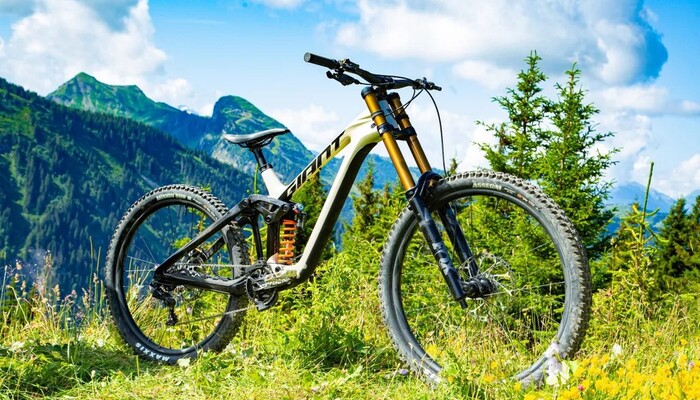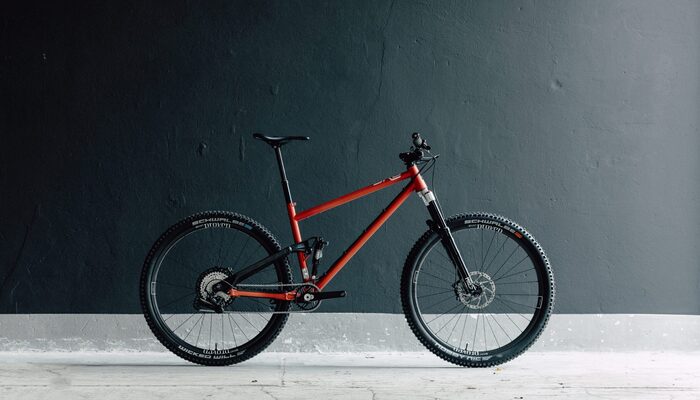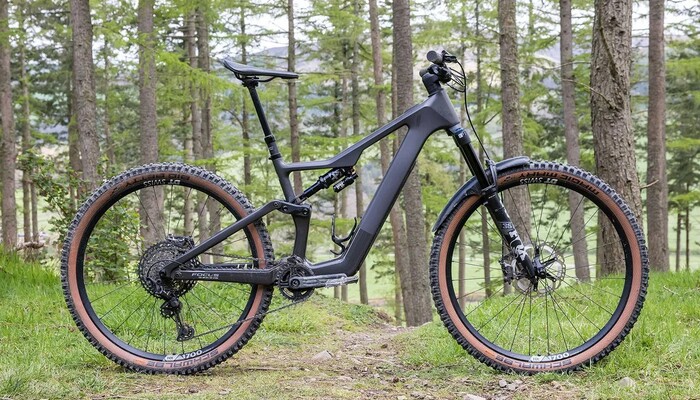Intro
Some riders prefer full suspension mountain bikes are expensive because, they provide greater traction and control on technical terrain, making them easier to ride for those with back, knee or ankle injuries.
However, these bikes tend to be more costly than their hardtail counterparts and let’s explore why that might be. Cost, weight and maintenance considerations all play into this decision.

Cost
Full suspension mountain bikes are expensive that are tend to be more costly than hardtail models due to the additional technology and components they feature. This may pose an obstacle for riders looking forward to experiencing all that rear shock has to offer.
Budget-minded mountain bikers now have more choices than ever when it comes to enjoying the benefits of full suspension systems, with hardtail MTBs providing comparable rides as top-tier full suspension options at much lower costs.
Shop around, and you’re likely to find hardtail bikes suitable for most terrain and skill levels. As your price scale goes up, component quality improves along with lightweight designs; and cross-country, trail, all-mountain, and downhill bikes become more clearly identified categories.
Marin Rift Zone 27.5 offers an ideal budget-friendly full suspension bike solution, boasting 130mm travel in its suspension fork and an exceptional drivetrain for less than $2000.

Weight
Full suspension bikes tend to be more costly than hardtails because of the additional components and weight they require, but many riders opt for them due to their greater ability on challenging terrain.
Hardtail mountain bikes may be ideal for riding gentle trails and alleviating back, knee, or ankle problems; but full suspension e-bikes provide confidence and grip to safely take on more technical mountain biking trails or bike parks.
Full suspension bikes feature rear shock absorbers that absorb the bumps, rocks, and roots of rough terrain to provide a smoother ride and reduce joint impact. In addition, their responsive suspension makes for faster riding while remaining more comfortable overall.
Full-suspension MTBs may come with added weight that reduces climbing efficiency on steep inclines, due to extra shock, pivots, and suspension linkages weighing down the bike. Luckily, advances in frame materials help mitigate some of this weight.
Maintenance
Full suspension mountain bikes require more complex design, engineering and manufacturing processes compared to hardtail models; this adds cost while making them less accessible for budget-minded riders.
Full-suspension bikes provide a superior riding experience on rugged terrain and provide more control when climbing steep hills. Their full suspension system absorbs vibrations that would otherwise reach your hands, feet, and seat – helping you ride for longer and faster without risking injury to you or the bike itself.

Hardtail bicycles require less maintenance for their suspension system due to fewer components like rear shock absorbers and bushings; this may cause heavier frames that require greater force for climbing or acceleration, plus increased suspension bottom out risk – or damage due to frequent bottoming out.
Full suspension bike maintenance costs depend heavily on riding conditions and force exerted upon it, such as dry conditions where suspension can outlive its recommended service interval; in contrast, wet or muddy environments may necessitate more frequent servicing, or replacement of pivot bearings which wear quickly, potentially compromising both frame and suspension components.

Performance
Full suspension bikes are specifically designed to enhance your riding experience, offering greater comfort, control, and traction over hardtail models. While full suspension models tend to cost more and may need additional maintenance services more frequently than hardtail models, their performance makes them worth investing in for riders who prioritize comfort over speed over challenging terrains.
One reason behind the higher cost of full suspension bikes is their more complex design and manufacturing processes, including their rear suspension mechanism which requires additional components and more sophisticated engineering than its hardtail counterpart. They may also weigh more, which may hinder speed and agility on certain terrain.
Full suspension mountain bikes can be an ideal choice for beginning riders as they provide more forgiving responses than hardtails in terms of rider errors and vibration absorption, helping riders remain active over longer trails without becoming fatigued as quickly.
Full suspension bikes provide greater comfort for riders with legacy injuries or lower back/ankle issues, and can even handle more aggressive rides than their hardtail counterparts. Furthermore, full suspension bikes are forgiving of errors when landing jumps and drops which reduces injury risks.
Here are five FAQs
Q. What makes full suspension bikes more expensive than hardtail bikes?
Ans: Full suspension bikes have both front and rear suspension systems, requiring more complex engineering, additional components, and high-quality materials. This extra technology drives up the cost compared to simpler hardtail models.
Q. Do the materials used in full suspension bikes affect the price?
Ans: Yes, these bikes often use lightweight, durable materials like carbon fiber or high-end aluminum, which are costly to manufacture. Using premium materials ensures strength without adding unnecessary weight, but it contributes significantly to the price.
Q. How do advanced suspension systems impact the cost?
Ans: Full suspension bikes feature sophisticated shock systems with adjustable settings for different terrains. The research, development, and precision engineering involved in these components increase production costs and, in turn, the retail price.
Q. Are expensive full suspension bikes more durable?
Ans: Generally, yes. High-end full suspension bikes are designed to endure harsh conditions and heavy use, thanks to superior craftsmanship and high-quality parts. They also tend to last longer with proper maintenance, providing better value over time.
Q. Is a full suspension bike worth the investment for casual riders?
Ans: While these bikes offer superior comfort and performance, casual riders might not fully benefit from the advanced features. However, if you plan to ride on rough trails or improve your skills, the investment can significantly enhance your experience.
Conclusion
Full suspension mountain bikes are expensive because they combine advanced technology, premium materials, and precision engineering to deliver top-tier performance. From high-end suspension systems to lightweight frames, every component is designed to enhance comfort, control, and durability on challenging terrains. Investing in a full suspension bike means paying for innovation and craftsmanship that elevate your riding experience—making it a worthy choice for serious riders seeking quality and adventure.













